It would have been better if you had provided the screen shots, and the code. I assume you are talking about the example below
from bokeh.io import show
from bokeh.models import (
ColumnDataSource,
HoverTool,
LogColorMapper
)
from bokeh.palettes import Viridis6 as palette
from bokeh.plotting import figure
from bokeh.sampledata.us_counties import data as counties
from bokeh.sampledata.unemployment import data as unemployment
palette.reverse()
counties = {
code: county for code, county in counties.items() if county["state"] == "tx"
}
county_xs = [county["lons"] for county in counties.values()]
county_ys = [county["lats"] for county in counties.values()]
county_names = [county['name'] for county in counties.values()]
county_rates = [unemployment[county_id] for county_id in counties]
color_mapper = LogColorMapper(palette=palette)
source = ColumnDataSource(data=dict(
x=county_xs,
y=county_ys,
name=county_names,
rate=county_rates
))
TOOLS = "pan,wheel_zoom,reset,hover,save"
p = figure(
title="Texas Unemployment, 2009", tools=TOOLS,
x_axis_location=None, y_axis_location=None
)
p.grid.grid_line_color = None
p.patches('x', 'y', source=source,
fill_color={'field': 'rate', 'transform': color_mapper},
fill_alpha=0.7, line_color="white", line_width=0.5, legend = 'rate')
hover = p.select_one(HoverTool)
hover.point_policy = "follow_mouse"
hover.tooltips = [
("Name", "@name"),
("Unemployment rate)", "@rate%"),
("(Long, Lat)", "($x, $y)"),
]
show(p)
The code can be found at
https://docs.bokeh.org/en/latest/docs/gallery/texas.html
I have just added the legend = 'rate' to add legend.
This will generate a figure as shown here - 
The legends on the right are in the order of how they have been encountered. This issue has been discusses long back in Bokeh git and this was chosen on purpose.
https://github.com/bokeh/bokeh/issues/1358
That means, you have to change the order in which the rates are encountered (and also change the order of other variables).
You can add following lines of code right after 4 lists county_xs, county_ys, county_names and county_rates are being defined.
t = sorted(zip(county_rates, county_xs, county_ys, county_names))
county_xs = [x for _, x, _, _ in t]
county_ys = [x for _, _, x, _ in t]
county_names = [x for _, _, _, x in t]
county_rates = [x for x, _, _, _ in t]
This is sorting all arrays based on the values of rates. This will give you legends in required format.
You can use any custom order, just sort the zipped lists in that order
Hope this helps.

